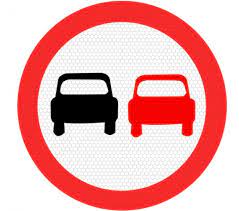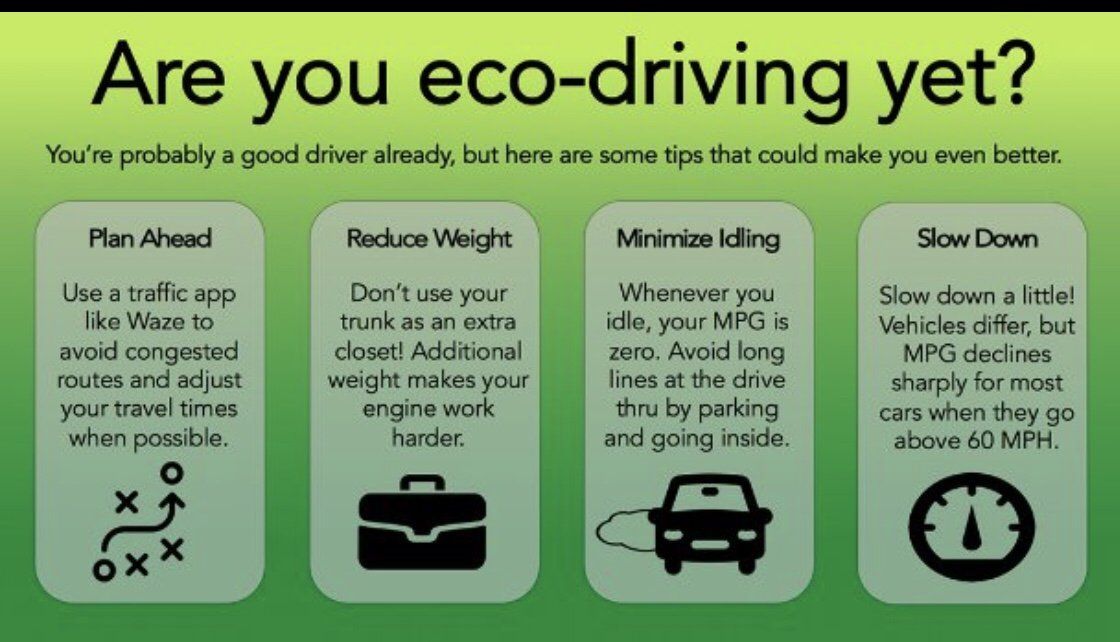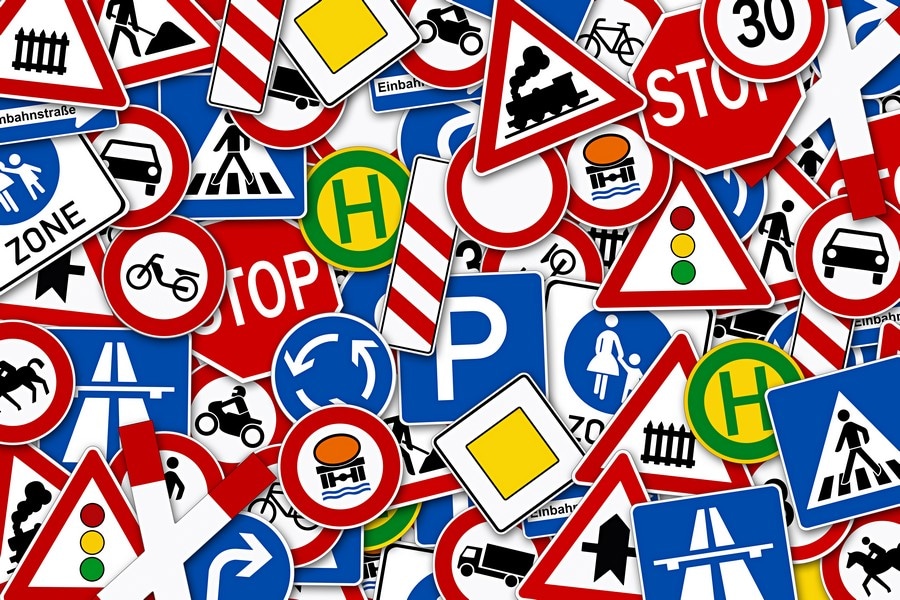
What is the definition of overtaking?
Definition of Overtaking
Overtaking is the act of passing another vehicle on the road by changing lanes or moving into a different lane of traffic. It is a legal manoeuvre in the UK, but it must be done safely and in accordance with specific rules and regulations.
What are the legal definitions of overtaking in the UK?
In the UK, overtaking is legal, but there are certain rules and regulations that must be followed. These include:
- It is illegal to overtake when there is a no overtaking sign, a solid white line, or a double solid white line on your side of the road. The only exception to this is when you are straddling the double white lines to pass a slow moving vehicle such as a cyclist on your side of the road.
- It is also illegal to overtake when the vehicle in front is signalling right.
How to overtake safely?
To overtake safely, drivers should follow a series of steps and best practices. Before attempting to overtake, drivers should take the following steps:
- Check the road ahead: Drivers should assess the road ahead for any potential hazards, such as oncoming traffic, pedestrians, cyclists, or animals. It is crucial to ensure that the road is clear and safe for overtaking.
- Check mirrors and blind spot: Drivers should check their mirrors and blind spot for any other vehicles, cyclists, or pedestrians. This step is essential to ensure that there are no vehicles approaching from behind or in the lane they intend to move into.
- Signal their intention: It is important for drivers to signal their intention to overtake by turning on their indicator. signalling alerts other road users of their intention to change lanes and helps maintain safety during the overtaking manoeuvre.
Once these steps are completed, drivers can proceed with the overtaking manoeuvre by following the best practices:
- Move to the appropriate lane: On motorways or multi-lane roads, drivers should move to the lane on the right of the vehicle they wish to pass. This ensures a clear path for overtaking and minimises the risk of collisions.
- Give way to oncoming traffic: Before passing a stationary vehicle or obstruction, drivers should give way to any oncoming traffic. This is crucial to avoid potential accidents and ensure a safe overtaking manoeuvre.
- Maintain consistent course and speed: When being overtaken, drivers should keep their course and speed consistent. Sudden changes in speed or direction can lead to confusion and increase the risk of accidents.
- Maintain an appropriate gap: After being overtaken, drivers should slow down to maintain an appropriate gap (at least 2 seconds) between their vehicle and the one that overtook them. This allows for a safe distance and reduces the chances of a collision.
- Do not exceed the speed limit: It is important for drivers to adhere to the speed limit when overtaking. Exceeding the speed limit can compromise safety and increase the risk of accidents.
What are the risks associated with overtaking?
The potential dangers of overtaking include reduced visibility, inadequate speed, insufficient distance, and poor timing. When attempting to overtake, drivers should consider these factors to ensure a safe manoeuvre.
Visibility: One of the main risks of overtaking is the lack of clear visibility. Drivers should ensure that they have a clear view of the road ahead and can see any oncoming traffic. If a driver cannot see oncoming vehicles, there is a high risk of collision when attempting to overtake.
Speed: Another risk associated with overtaking is travelling at an unsafe speed. Drivers should ensure that they are travelling at a safe speed and can accelerate quickly enough to overtake safely. If a driver is travelling too fast, they may not have enough time to complete the manoeuvre safely, increasing the risk of a collision.
Distance: Maintaining an adequate distance between the overtaking vehicle and the vehicle being overtaken is crucial. Drivers should leave enough space to ensure a safe manoeuvre. If the distance is too close, there is a higher chance of colliding with the vehicle being overtaken.
Timing: Proper timing is essential when attempting to overtake. Drivers should ensure that they have enough time to complete the manoeuvre safely. If the timing is incorrect, there is a risk of colliding with oncoming vehicles or other obstructions on the road.
Before attempting to overtake, drivers should consider several factors to ensure a safe manoeuvre. These factors include:
- Road conditions: The road ahead should be sufficiently clear, allowing for a safe overtaking manoeuvre. Drivers should assess the road conditions and ensure there are no obstructions or hazards that could impede the manoeuvre.
- Vehicle ahead: Drivers should not assume they can follow a vehicle ahead that is overtaking. It is important to assess the situation independently and make a decision based on the specific circumstances.
- Following distance: Drivers should maintain a safe following distance from the vehicle they intend to overtake. This ensures that there is enough space to complete the manoeuvre without risking a collision.
- Checking mirrors and blind spots: Before starting to move out, drivers should use their mirrors to check for any vehicles approaching from behind. They should also take a quick sideways glance into the blind spot area to ensure there are no vehicles in the adjacent lane.
- Quick and decisive manoeuvre: When overtaking, drivers should move quickly past the vehicle they are overtaking and allow plenty of room. This minimises the time spent in the opposite lane, reducing the risk of a collision with oncoming vehicles.
- Giving way to oncoming vehicles: Drivers should give way to oncoming vehicles before passing parked vehicles or other obstructions on their side of the road. This ensures that there is enough space for both vehicles to pass safely.
- Consideration for vulnerable road users: Drivers should give vulnerable road users, such as cyclists or pedestrians, at least as much space as they would give a car. This helps to ensure their safety during the overtaking manoeuvre.
- Overtaking large vehicles: Overtaking large vehicles can be more challenging due to limited visibility. Drivers should drop back to increase their ability to see ahead and ensure a safe overtaking manoeuvre.
- Adverse weather conditions: Extra care should be taken when overtaking in bad weather and high winds. These conditions can affect visibility and vehicle control, increasing the risk of accidents.
By considering these factors and following safe overtaking practices, drivers can minimise the risks associated with overtaking and ensure the safety of themselves and other road users.
To ensure they have enough time and space to overtake safely, drivers should consider the following:
- Allow for more time: Drivers should allow for more time before pulling out to overtake. This gives them a better opportunity to assess the road ahead and make a safe decision.
- Choose the appropriate lane: Drivers should choose a lane based on the direction they are travelling, rather than solely focusing on speed. This ensures that they have enough space to overtake safely and minimises the risk of collisions.
- Keep checking mirrors: It is important for drivers to continuously check their mirrors to stay aware of the surrounding traffic. This helps them make informed decisions and ensures they have enough time and space to overtake safely.
By following these steps and best practices, drivers can execute a safe overtaking manoeuvre and minimise the risk of accidents on the road.
What are the considerations for overtaking large vehicles?
Challenges and Risks Associated with Overtaking Large Vehicles
Overtaking large vehicles can pose several challenges and risks for drivers. Firstly, large vehicles often travel at slower speeds than cars, making it more difficult to overtake them safely. Additionally, large vehicles have a larger blind spot, which means that drivers need to exercise extra caution when overtaking to ensure they are visible to the driver of the large vehicle. Moreover, large vehicles can take up more than one lane, making it challenging to find enough space to overtake safely. Lastly, judging the speed of large vehicles can be tricky, as they tend to accelerate and decelerate more slowly than smaller vehicles.
Precautions to Take When Overtaking Trucks or Buses
To ensure the safety of all road users when overtaking large vehicles, drivers should take several precautions. Firstly, it is crucial to have a clear view of the entire vehicle in the rearview mirror before pulling out to overtake. This ensures that there is enough space and time to complete the manoeuvre safely. Additionally, drivers should maintain a safe distance from the vehicle they are overtaking and avoid travelling too close or too fast. signalling the intention to overtake is also essential to alert other drivers on the road.
Specific Rules and Guidelines for Overtaking Large Vehicles in the UK
In the UK, there are specific rules and guidelines outlined in the Highway Code for overtaking large vehicles. Rule 164 of the Highway Code states that drivers should not overtake if they would have to cross or straddle double white lines with a solid line nearest to them. This rule is in place to ensure the safety of drivers and prevent dangerous overtaking manoeuvres. It is important for UK learner drivers to familiarise themselves with this rule and adhere to it when overtaking large vehicles.
In summary, overtaking large vehicles can be challenging and risky for drivers. It is crucial to be aware of the specific challenges and risks associated with overtaking large vehicles, such as their slower speeds, larger blind spots, and difficulty in judging their speed. To ensure safety, drivers should take precautions such as having a clear view of the vehicle, maintaining a safe distance, and signalling their intention to overtake. Additionally, UK learner drivers should be familiar with the specific rules and guidelines outlined in the Highway Code, particularly Rule 164, which prohibits overtaking in certain situations.
What are the rules and regulations for overtaking vulnerable road users?
The rules and regulations for overtaking vulnerable road users, such as cyclists, horse riders, and pedestrians, are outlined in the Highway Code. These rules are in place to ensure the safety of both the vulnerable road users and the drivers.
Overtaking Cyclists
When overtaking cyclists, drivers must give them at least as much room as they would when overtaking a car. This means leaving a minimum of 1.5 metres between the car and the cyclist. Before overtaking, drivers should cheque their mirrors and blind spots to ensure it is safe to do so. It is important to drop back to increase visibility and allow the cyclist to see the driver in their mirrors. Drivers should also make sure they have enough room to complete the overtaking manoeuvre before committing to it, as passing a cyclist takes longer than passing a car. It is crucial not to assume that it is safe to follow a vehicle ahead that is overtaking a cyclist, as the vehicle may abort the manoeuvre and pull back in.
Overtaking Horse Riders
When overtaking horse riders, drivers should exercise extra caution and be prepared to slow down or stop if necessary. It is important not to attempt to overtake if it cannot be done safely. Horses can be unpredictable and may move suddenly, so drivers should give them plenty of room. It is also important to be aware that horse riders may be inexperienced and may not have full control over their horse in certain situations. If a driver intends to turn left at a roundabout or junction, they should stay behind the horse rider or horse drawn vehicle and not cut across them.



